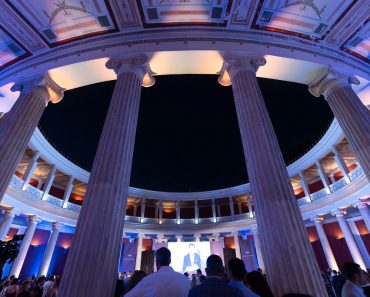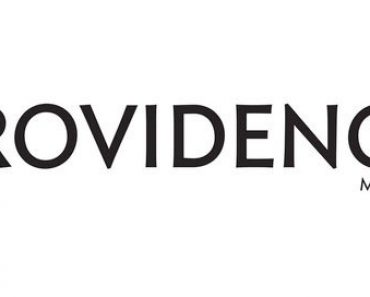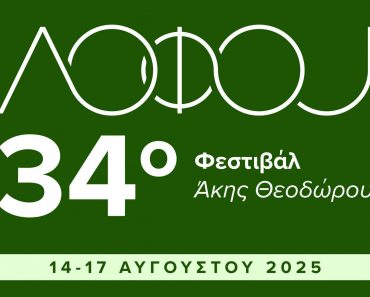
A recently analyzed ancient hymn has revealed strong musical ties between cultures separated by thousands of miles and centuries of history. Researchers say the discovery proves that a song connects Bronze Age civilizations stretching from the Mediterranean to India.
The hymn, known as the “Hymn to Nikkal,” was unearthed in the ruins of Ugarit, a port city on the eastern Mediterranean coast. It is the oldest known musical score, dating back over 3,000 years.
A new study by Dan C. Baciu at the University of California, Santa Barbara, now shows that its rhythmic patterns closely match the verse endings of the Rig Veda—one of India’s most sacred ancient texts, still recited today.
Baciu explained that these musical links are not accidental. Statistical analysis shows that nearly one in five verses of the Rig Veda ends with the same cadences—the rhythmic units—as those found in the Hymn to Nikkal. In contrast, a randomized version of the text showed only a fraction of that alignment. The probability that this is a coincidence is less than one in a million.
The study, published on Preprints.org, argues that these shared cadences offer solid proof of a global musical culture in the Bronze Age.
A musical bridge from Ugarit to India
The Rig Veda, composed in ancient India around the same time as the Hymn to Nikkal, consists of thousands of verses orally passed down for generations. Baciu’s team compared the two compositions using computer-assisted rhythm and melody mapping.
What they found stunned them: not only do the two works share similar rhythms, but they also appear to follow the same melodic patterns.
This similarity extends beyond rhythm and into performance style. Both compositions rely on “cadences” to signal the end of a verse.
In 1950, archaeologists uncovered a broken clay tablet in Syria.
It turned out to be the first written music in human history.
The Hurrian Hymn to Nikkal
Here’s the full story, and what it sounds like: 🧵 (thread) pic.twitter.com/EIZBzzmMaq
— Classical Aegis (@ClassicalAegis) June 24, 2025
In European classical music, these would be the musical equivalents of punctuation marks—like a final “G-A-B-C” resolving a piece in C major. In the Rig Veda and the Hymn to Nikkal, these cadences take the form of repeated rhythmic and melodic patterns that are easily recognizable.
Moreover, Baciu found that the most common cadence in the Rig Veda is the same as the final cadence in the Hymn to Nikkal. A second cadence in the hymn ranks as the most common in a specific section of the Rig Veda known as the Triṣṭubh meter.
A top hit of the Bronze Age
The Ugarit hymn wasn’t an isolated piece. Archaeologists have recovered fragments suggesting that multiple copies of the Hymn to Nikkal once existed. That, along with the widespread use of similar instruments—double pipes and lyres—across the Near East and India, suggests that the song may have had wide appeal.
The musical notation used for the hymn, although written in the Hurrian language, includes markers that matched the musical systems used in India at the time. The lyrics themselves likely carried religious meaning, calling on Nikkal, a goddess of fertility with roots in earlier Mesopotamian traditions.
The analysis even extended to melody, not just rhythm. Ancient commentators of the Rig Veda noted that melodies rose with accented syllables and fell afterward—a structure mirrored in the Hymn to Nikkal.
Baciu’s team recreated both compositions using digital tools and found that when rhythm and melody are combined, the two songs still match significantly.
Global harmony in an ancient world
While politics and empires crumbled, music may have carried ideas farther and more peacefully than any army. Ugarit, Mitanni, and Vedic India were all connected—if not by treaties or rulers—then by rhythm and song.
Baciu’s findings suggest that music helped unite ancient societies long before global trade or diplomacy existed. Music spreads fast, he writes, perhaps even faster than language or religion.
The research opens a new chapter in understanding early cultural connections. As the Hymn to Nikkal and the Rig Veda continue to echo across time, they remind us that harmony, both musical and human, may be our oldest shared language.







